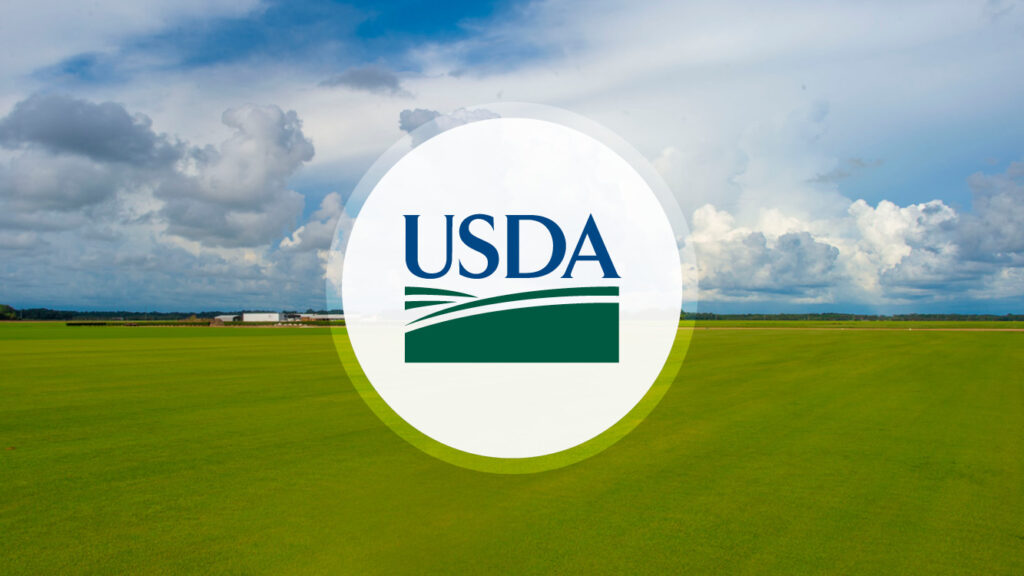
- AgValue Consulting
- July 15, 2024
- 6:34 pm
- 2 minutes
USDA Proposes New Rule to Revolutionize Fairness in Meat and Poultry Supply Chain
A recent proposal by the USDA to create a more equitable and competitive meat and poultry supply chain could significantly transform the landscape for U.S. agribusinesses. Announced on June 25, 2024, this initiative seeks to redefine long-standing interpretations of unfairness and competitive injury within the livestock, meat, and poultry sectors, potentially reshaping how businesses operate across the country. This new rule underscores the USDA’s commitment to leveling the playing field for America’s farmers and ranchers, aiming to bolster the fairness and resilience of these critical supply chains.
How the USDA Proposal Could Affect Agribusinesses
Regulatory Adjustments: Agribusinesses, particularly those in the livestock, meat, and poultry sectors, will need to adjust their business practices to align with the new rule. This might involve reassessing contractual agreements, pricing strategies, and market participation to ensure compliance with the clarified definitions of unfair practices.
Legal Challenges: As highlighted by the National Cattlemen’s Beef Association (NCBA), the rule could lead to an increase in litigation. Businesses may face legal challenges concerning innovations or differentiation strategies in the market, which the rule might interpret as potentially unfair practices. This could lead to a more litigious environment, increasing legal costs and requiring more robust legal defenses and strategies.
Market Dynamics: The rule aims to standardize pricing mechanisms by curbing practices deemed as unfair competition. This could lead to a more homogeneous market where product differentiation is minimized. For businesses that rely on premium branding or specialized products, this could potentially reduce competitive advantages and impact profitability.
Compliance Costs: Implementing the changes required by the new rule could involve significant costs. Businesses may need to invest in new compliance systems, training for staff, and consultancy fees to navigate the regulatory changes. These costs could impact overall financial performance and competitiveness.
Impact on Small vs. Large Producers: The effects of the rule might vary depending on the size and structure of the business. Small producers might benefit from a more level playing field, while larger corporations could find that their ability to leverage economies of scale and market influence is diminished.
Strategic Opportunities: Despite the potential challenges, the rule could also open new opportunities for businesses that adapt quickly and effectively. Companies that can navigate the new regulatory landscape efficiently may find new market niches or lead in establishing fair trade practices, enhancing their reputation and market share.
Potential Impact on Appraisals and Valuations
- The rule’s potential to stabilize or homogenize market conditions might make future cash flows more predictable, which could be a factor in valuation models.
- The need for increased legal and compliance investments could be viewed negatively in terms of short-term profitability but might protect against larger future liabilities.
- Changes in market dynamics could affect the overall valuation of agribusinesses, with those adept at adjusting to the new rules potentially seeing an increase in their market value relative to less adaptive competitors.
Contact AgValue Consulting For Your Next Valuation or Appraisal
Overall, while the USDA’s proposed rule aims to ensure fairness and competitiveness, it introduces a complex mix of challenges and opportunities for agribusinesses. Companies will need to carefully consider how these changes affect their operations, compliance burden, and competitive positioning. As the industry navigates these changes, the role of expert consultancy and appraisal services, like those offered by AgValue Consulting, becomes crucial. These services can help businesses understand the potential impacts on their operations and valuations, ensuring they are well-equipped to adapt to a changing regulatory landscape.
